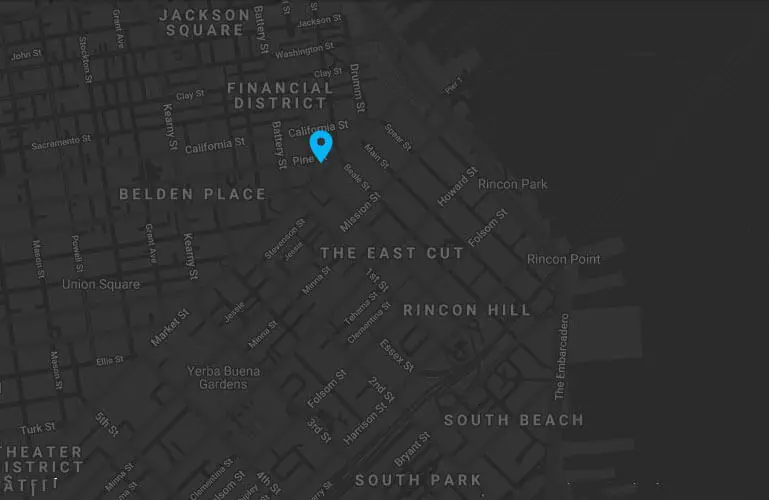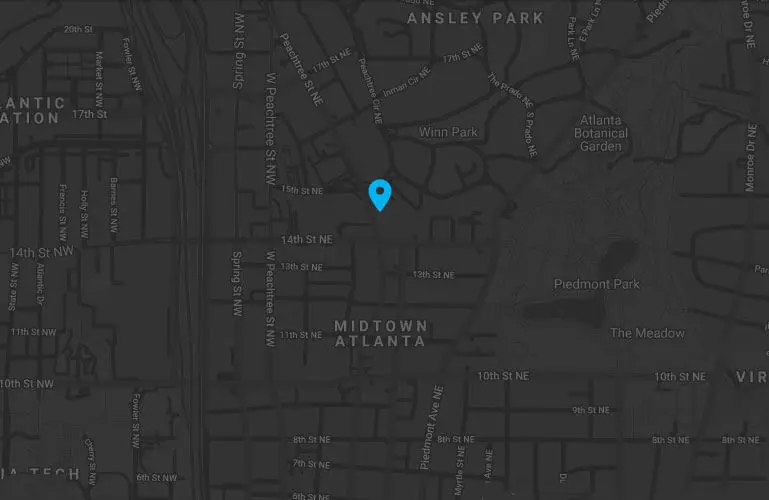The Human Edge: How AI Design Complements, Not Replaces, Design Talent
The rise of artificial intelligence (AI) has ignited a firestorm of debate across numerous industries, and the design world is no exception. Headlines tout “AI design” as the future, threatening to replace human designers entirely. But fear not, creative minds! This is a narrative steeped in misunderstanding. Instead of an imminent takeover, AI presents a transformative collaboration, enhancing the capabilities of designers, not rendering them obsolete.
Let’s dispel the myth of AI replacing human designers and uncover the true potential of the human-AI partnership.
AI Design: More Than Just Automation
AI design encompasses a broad spectrum of technologies, from algorithms assisting with layout and typography to AI-powered tools generating visuals and mockups. Yet, it’s crucial to understand that AI isn’t just about automation. While automating repetitive tasks like code generation and data analysis can save designers valuable time, AI’s true value lies in its ability to:
- Analyze vast amounts of data: AI can process user behavior, competitor trends, and industry best practices to inform design decisions, providing deep insights into user needs and preferences.
- Personalize experiences: AI can tailor website layouts, product recommendations, and even messaging to individual users, creating highly personalized and engaging experiences.
- Generate creative iterations: AI can suggest diverse design variations, pushing creative boundaries and sparking inspiration for human designers.
- Optimize for A/B testing: AI can analyze A/B test results quickly and accurately, leading to data-driven design decisions that optimize conversions and performance.
The Irreplaceable Human Edge
However, while AI excels in these areas, it lacks the crucial human qualities that define great design:
- Empathy and emotion: Human designers possess the ability to understand and evoke human emotions, creating designs that resonate on a deeper level.
- Intuition and foresight: Creative leaps and unconventional solutions often stem from human intuition and the ability to imagine future scenarios.
- Ethical considerations: Ensuring inclusive and accessible designs requires human understanding of societal issues and diverse user needs.
- Storytelling and brand identity: Creating a unique and compelling brand narrative with a distinct voice relies on human insight and cultural understanding.
The Power of Collaboration
Instead of viewing AI as a competitor, it’s time to embrace it as a powerful collaborator. Imagine a future where AI handles the data analysis, personalization, and repetitive tasks, freeing up human designers to focus on what they do best:
- Conceptualizing and strategizing: Defining design goals, user personas, and brand identity.
- Storytelling and crafting experiences: Creating cohesive and emotionally engaging narratives.
- Iterating and refining: Injecting human intuition and empathy into AI-generated options.
- Navigating ethical considerations: Ensuring designs are inclusive, accessible, and socially responsible.
This collaboration unlocks a synergy: AI fuels design efficiency and data-driven decisions, while human talent steers the creative direction and injects the soul. The result? Design that is both visually stunning and strategically insightful, tailored to user needs and leaving a lasting emotional impact.
Embracing the AI Design Future
The future of design lies not in AI replacing humans, but in humans wielding AI as a powerful tool. This dynamic partnership will push the boundaries of creativity, personalize experiences like never before, and elevate design to new heights. So, designers, embrace the change, upskill yourselves in AI tools, and prepare to co-create the future of design alongside your intelligent new partner.
This is just the beginning of the conversation. Let’s explore further:
- What are your biggest concerns about AI?
- How can designers best prepare for the AI future?
- What exciting possibilities do you see for human-AI collaborations?
Share your thoughts in the comments below and let’s continue shaping the future of design together! Contact Us today to schedule a free consultation.


